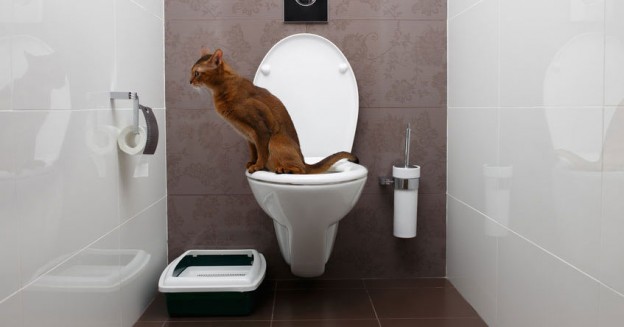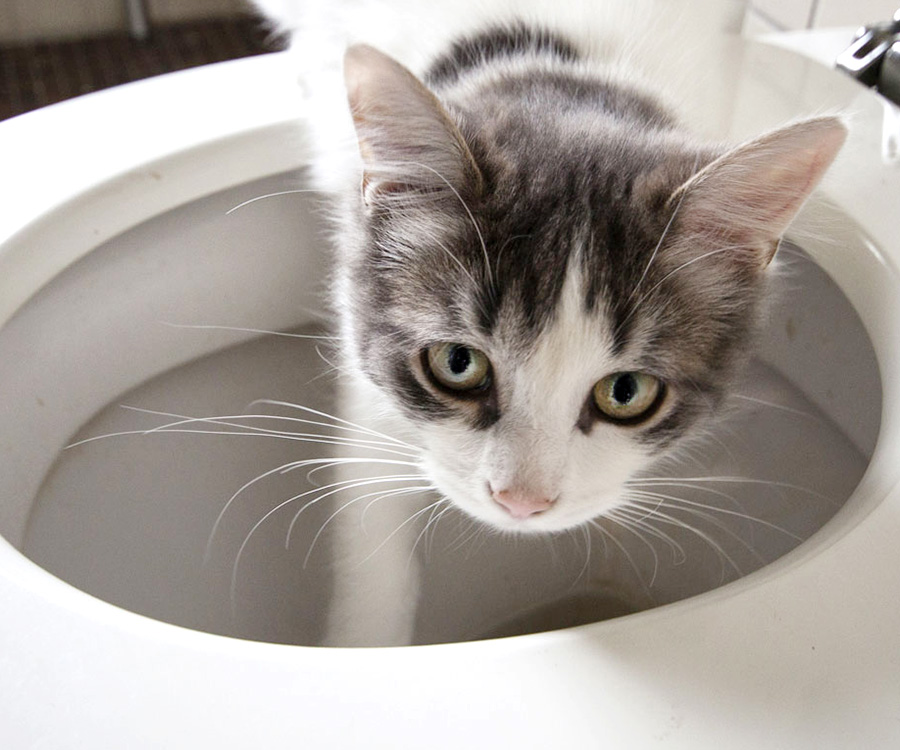Why Flushing Cat Poop Down Your Toilet May Cause Problems - Recommendations for Proper Disposal
Why Flushing Cat Poop Down Your Toilet May Cause Problems - Recommendations for Proper Disposal
Blog Article
They are making several great pointers on How to Dispose of Cat Poop and Litter Without Plastic Bags as a whole in this great article on the next paragraphs.

Intro
As feline owners, it's essential to bear in mind exactly how we get rid of our feline pals' waste. While it might appear practical to purge cat poop down the commode, this practice can have detrimental effects for both the environment and human health.
Ecological Impact
Purging cat poop introduces unsafe virus and parasites right into the water supply, positioning a substantial threat to water ecosystems. These contaminants can negatively affect aquatic life and concession water high quality.
Wellness Risks
Along with ecological issues, purging cat waste can also posture wellness dangers to humans. Feline feces may contain Toxoplasma gondii, a bloodsucker that can trigger toxoplasmosis-- a potentially severe ailment, specifically for pregnant women and individuals with damaged body immune systems.
Alternatives to Flushing
Fortunately, there are much safer and more accountable ways to take care of pet cat poop. Think about the adhering to options:
1. Scoop and Dispose in Trash
One of the most typical method of dealing with pet cat poop is to scoop it into a biodegradable bag and toss it in the garbage. Be sure to utilize a devoted clutter scoop and deal with the waste without delay.
2. Use Biodegradable Litter
Choose naturally degradable feline litter made from materials such as corn or wheat. These clutters are eco-friendly and can be safely gotten rid of in the garbage.
3. Hide in the Yard
If you have a yard, consider burying cat waste in a designated location far from vegetable gardens and water resources. Be sure to dig deep sufficient to prevent contamination of groundwater.
4. Install a Pet Waste Disposal System
Invest in a pet garbage disposal system especially developed for cat waste. These systems use enzymes to break down the waste, minimizing smell and ecological effect.
Final thought
Responsible family pet possession extends beyond providing food and shelter-- it also includes appropriate waste monitoring. By refraining from flushing cat poop down the commode and going with different disposal methods, we can lessen our ecological impact and secure human health and wellness.
Why Can’t I Flush Cat Poop?
It Spreads a Parasite
Cats are frequently infected with a parasite called toxoplasma gondii. The parasite causes an infection called toxoplasmosis. It is usually harmless to cats. The parasite only uses cat poop as a host for its eggs. Otherwise, the cat’s immune system usually keeps the infection at low enough levels to maintain its own health. But it does not stop the develop of eggs. These eggs are tiny and surprisingly tough. They may survive for a year before they begin to grow. But that’s the problem.
Our wastewater system is not designed to deal with toxoplasmosis eggs. Instead, most eggs will flush from your toilet into sewers and wastewater management plants. After the sewage is treated for many other harmful things in it, it is typically released into local rivers, lakes, or oceans. Here, the toxoplasmosis eggs can find new hosts, including starfish, crabs, otters, and many other wildlife. For many, this is a significant risk to their health. Toxoplasmosis can also end up infecting water sources that are important for agriculture, which means our deer, pigs, and sheep can get infected too.
Is There Risk to Humans?
There can be a risk to human life from flushing cat poop down the toilet. If you do so, the parasites from your cat’s poop can end up in shellfish, game animals, or livestock. If this meat is then served raw or undercooked, the people who eat it can get sick.
In fact, according to the CDC, 40 million people in the United States are infected with toxoplasma gondii. They get it from exposure to infected seafood, or from some kind of cat poop contamination, like drinking from a stream that is contaminated or touching anything that has come into contact with cat poop. That includes just cleaning a cat litter box.
Most people who get infected with these parasites will not develop any symptoms. However, for pregnant women or for those with compromised immune systems, the parasite can cause severe health problems.
How to Handle Cat Poop
The best way to handle cat poop is actually to clean the box more often. The eggs that the parasite sheds will not become active until one to five days after the cat poops. That means that if you clean daily, you’re much less likely to come into direct contact with infectious eggs.
That said, always dispose of cat poop in the garbage and not down the toilet. Wash your hands before and after you clean the litter box, and bring the bag of poop right outside to your garbage bins.
https://trenchlesssolutionsusa.com/why-cant-i-flush-cat-poop/

As a serious person who reads about How to Dispose of Cat Poop and Litter Without Plastic Bags, I think sharing that piece of content was mandatory. Do you know somebody who is excited by the niche? Take a moment to share it. Bless you for your time. Don't forget to visit our website back soon.
Customer Reviews Report this page